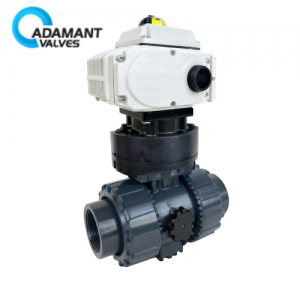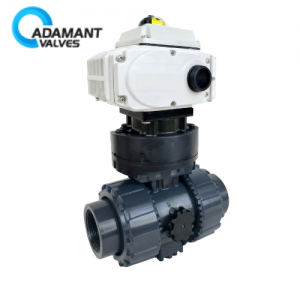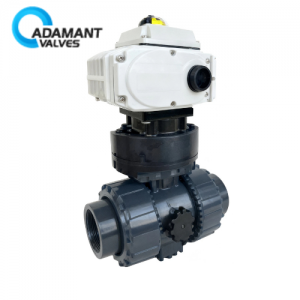Common Causes of Valve Sealing Failure and Leakage
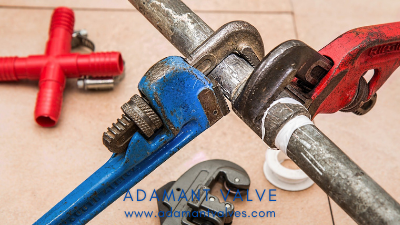
Sanitary valves are control components that provide diversion, cut-off, throttling, check, diversion or overflow, and pressure relief in pipeline fluid conveyance systems. Valve sealing is a critical factor when safely processing and transporting fluids and gases. Even a small valve seal failure or a slowly dripping valve leak can quickly lead to a catastrophic flood, loss of product, or other emergency. There are many potential causes of valve sealing failure and leakage, and you should take proactive steps to mitigate them as part of your valve maintenance routine.
What Causes Valve Seals to Fail?
There are many reasons why sanitary valves can experience sealing failure. Check the list below to learn how to diagnose your leaky valve and how to prevent a valve leak.
Why Is My Valve Leaking?
1. Natural Valve Seal Failure
Valve seals directly contact the fluid or gas medium in the pipeline, and are vulnerable to any corrosive elements the medium may contain. You should expect the valve sealing to fail after the sealing element reaches its service life threshold.
2. Large Pressure Fluctuations at the Pump Inlet
When the pressure at the pump inlet is too low, the pressure in the pump cavity suddenly drops and the liquid in the sealed chamber flows back to the pump cavity, resulting in dry friction on the sealing surface. This can produce a huge amount of heat in a short period of time. The sealing surface can’t be removed, so it can burn out and lead to sealing failure. Once the pressure at the pump inlet becomes too high, the pressure in the pump cavity increases past the sealing’s limit, and the valve sealing fails.
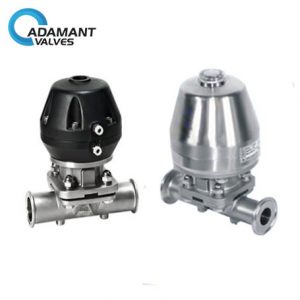
Common Causes of Valve Sealing Failure and Leakage
3. Poor Seal Flushing
Sealing is achieved mainly by blocking the medium in the pump cavity with the liquid film formed on the sealing surface. The role of the flushing liquid is to mitigate heat on the sealing surface. Burnout of the sealing surface and seal failure can occur when the flushing fluid is insufficient or there is excessive heat inside the sealing cavity. A few root causes of inadequate sealing flushing are cut-off of the medium in the pump cavity, sudden pressure drop in the sealing chamber, and damage to the sealing ring.
4. Sealing Failure from Damaged Bearings
A damaged bearing can cause the rolling body to change position which increases the effects of pump vibrations. Over time, these powerful vibrations can wear down and degrade seals, eventually leading to valve sealing failure.
Common Causes of Valve Leaks
Valve body and valve cover leaks
- Iron castings are not always built with the highest quality. Sometimes there are defects that can lead to valve failure, such as blisters, loose tissues, or slag inclusions on the valve body and bonnet body.
- Freeze cracking: Some valve materials can crack due to rapid fluctuations in temperature.
- Poor welding can lead to defects such as slag inclusion, non-welding, stress cracks, etc.
- Collisions with heavy objects can also damage cast iron valves.
Leakage from the Packing
- Wrong selection of packing, not resistant to medium corrosion, not resistant to valve high pressure or vacuum, high temperature or low temperature use.
- The packing is not installed properly, there are defects in the screw-wound joint, or tightening and loosening are present.
- The packing has exceeded its usage period, has aged and lost its elasticity.
- The valve stem has defects such as bending, corrosion, or wear.
- The number of packing circles is insufficient, and the gland is not pressed tightly.
- The gland, bolts, and other parts are damaged, making it impossible to compress the gland.
- Improper operation, excessive force, etc.
- The gland is skewed, and the gap between the gland and the valve stem is too small or too large, resulting in wear of the valve stem and damage to the packing.
Leakage from the Sealing Surface
- The sealing surface is unevenly ground and cannot form a tight line.
- The top center of the connection between the valve stem and the closing part is suspended, incorrect, or worn.
- The valve stem is bent or incorrectly assembled, which makes the closing part skewed or misaligned.
- The sealing surface material or overall valve type may not be suited to its current applications.
Leakage at the Sealing Ring Joint
- The sealing ring is not tightly rolled.
- The sealing ring is welded to the body with poor surfacing quality.
- The sealing ring connection thread, screw, and pressing ring are loose.
- The sealing ring is connected and corroded.
Leakage Caused by Poor Closure
- Closing mechanisms can become stuck in place or exceed the top dead center, leading to a damaged or broken connection and ultimately, valve failure.
- The closing piece is not firmly connected and becomes loose or even falls off.
- The valve’s construction materials are not suited to withstand the corrosion of the medium and mechanical abrasion.
Conclusion
Thank you for reading our article and we hope it can help you better understand the causes of valve sealing failure and leakage. If you want to learn more about sanitary valves, we would like to advise you to visit Adamant Valve homepage for more information.


